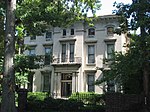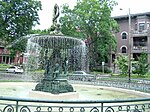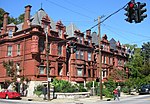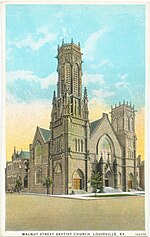The Filson Historical Society
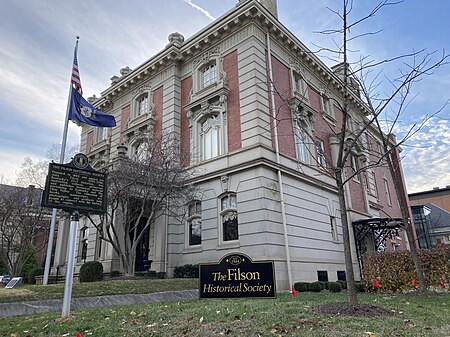
The Filson Historical Society, founded in 1884, is a privately supported historical society located at 1310 South 3rd Street in Louisville, Kentucky. The Filson is an organization dedicated to continuing adult education through a quarterly peer-reviewed academic journal, Ohio Valley History, a quarterly magazine, The Filson, weekly lectures, historical tours, and exhibits.The Filson's mission is to collect, preserve, and tell the stories of Kentucky and Ohio Valley history and culture. In 2017, the Filson began a new initiative to document, preserve, and study the history of Jewish life and experience in Louisville and the Ohio Valley region, establishing the Jewish Community Archive. The Filson hosts programs and exhibitions that engage critically and honestly with the past with topics such as: Commemorating Juneteenth, David Blight's talk on Frederick Douglas, Christina Snyder's discussion of Great Crossings: Indians, Settlers, and Slaves in the Age of Jackson, Alaina Roberts I've Been Here All the While: Black Freedom on Native Land, and Dan Gediman's presentation on reckoning with slavery in Kentucky. In the summer of 2020, Filson published a list of historical resources on racial inequality in Louisville and issued a community response to racism.
Excerpt from the Wikipedia article The Filson Historical Society (License: CC BY-SA 3.0, Authors, Images).The Filson Historical Society
South 3rd Street, Louisville
Geographical coordinates (GPS) Address Nearby Places Show on map
Geographical coordinates (GPS)
| Latitude | Longitude |
|---|---|
| N 38.232277777778 ° | E -85.759611111111 ° |
Address
Filson Historical Society
South 3rd Street 1310
40208 Louisville
Kentucky, United States
Open on Google Maps
